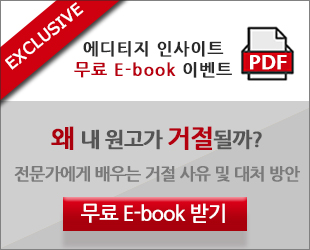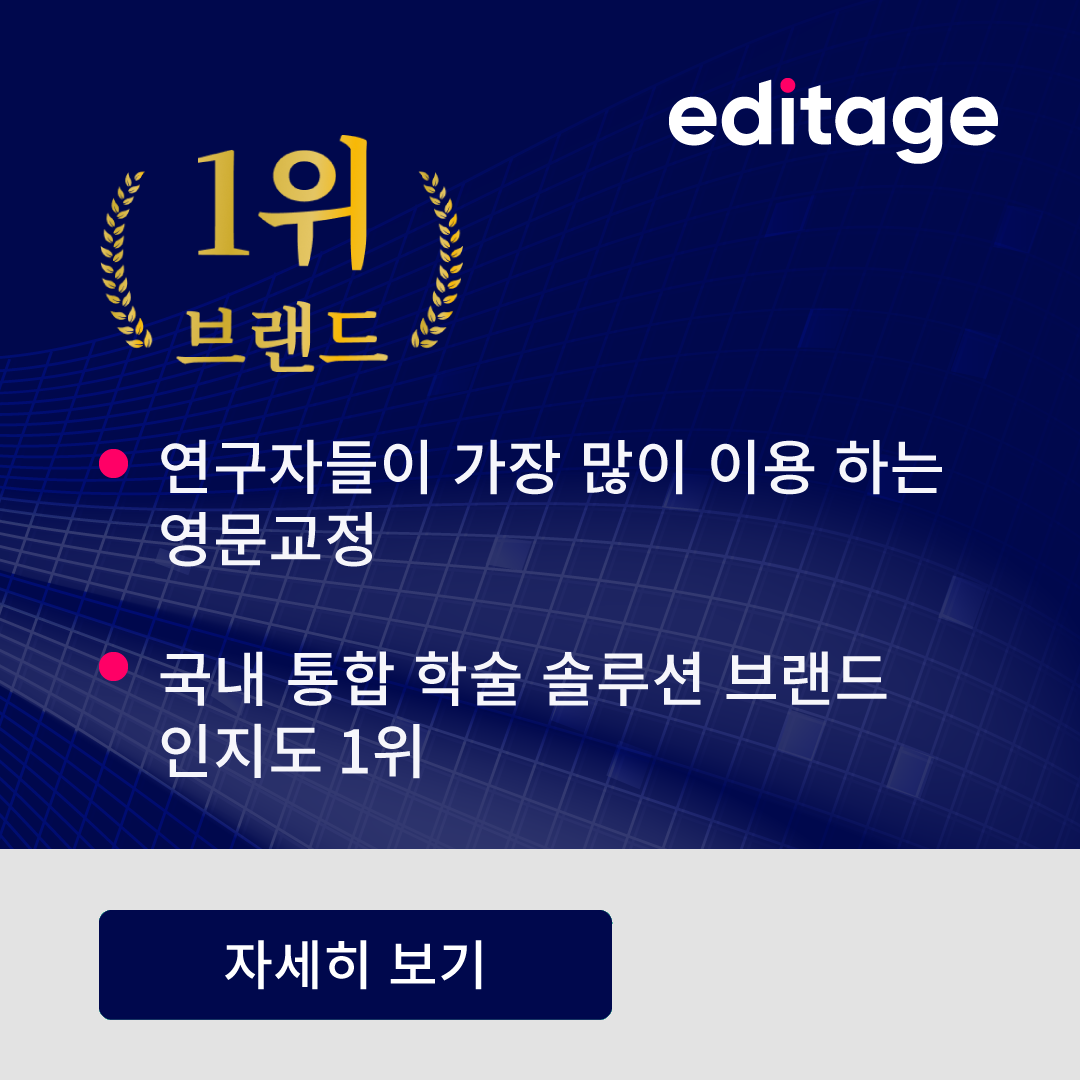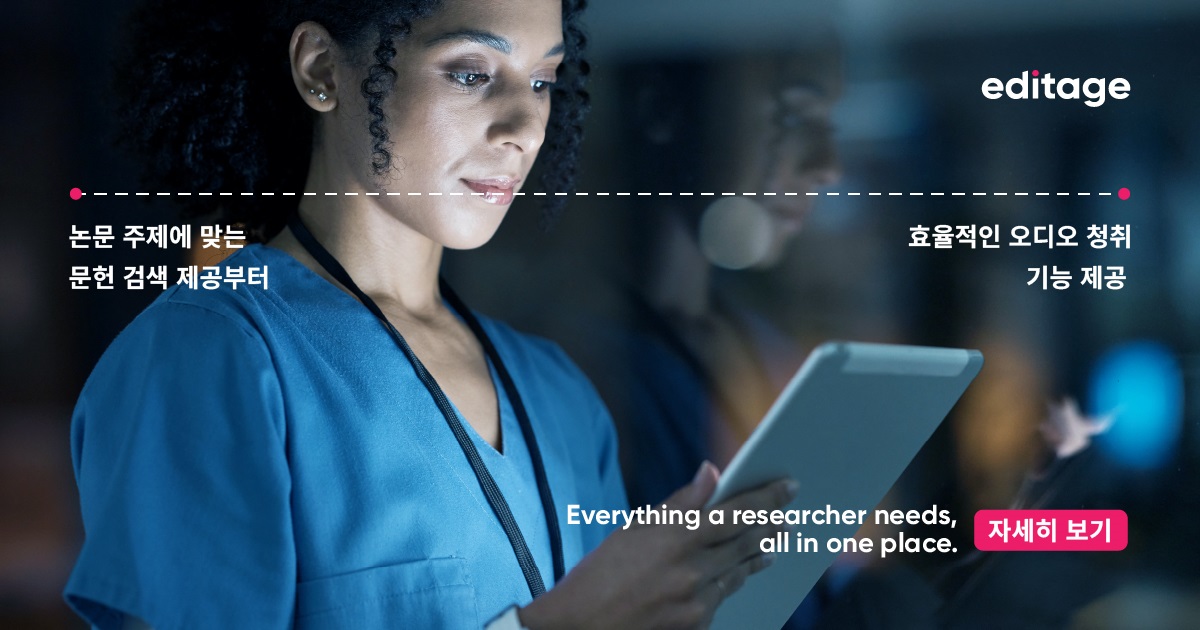An abstract is like a movie trailer. It offers a preview, highlights key points, and helps the audience decide whether to view the entire work. Abstracts are the pivot of a research paper because many journal editorial boards screen manuscripts only on the basis of the abstract.
If your abstract doesn’t grab their attention and make a good first impression, there’s a good chance your research paper will be rejected at the outset. Moreover, even after your research paper is published, your abstract will be the first, and possibly only, thing readers will access through electronic searches. They will only consider reading the rest of the manuscript if they find your abstract interesting.
For studies in the humanities and social sciences, the abstract is typically descriptive. That is, it describes the topic of research and its findings but usually doesn’t give specific information about methods and results. These abstracts may also be seen in review articles or conference proceedings. In scientific writing, on the other hand, abstracts are usually structured to describe the background, methods, results, and conclusions, with or without subheadings.
Now how do you go about fitting the essential points from your entire paper— why the research was conducted, what the aims were, how these were met, and what the main findings were—into a paragraph of just 200-300 words? It’s not an easy task, but here’s a 10-step guide that should make it easier:
- Begin writing the abstract after you have finished writing your paper.
- Pick out the major objectives/hypotheses and conclusions from your Introduction and Conclusion sections.
- Select key sentences and phrases from your Methods section.
- Identify the major results from your Results section.
- Now, arrange the sentences and phrases selected in steps 2, 3, and 4 into a single paragraph in the following sequence: Introduction, Methods, Results, and Conclusions.
- Make sure that this paragraph does not contain
- new information that is not present in the paper
- undefined abbreviations or group names
- a discussion of previous literature or reference citations
- unnecessary details about the methods used
- Remove all extra information (see step 6) and then link your sentences to ensure that the information flows well, preferably in the following order: purpose; basic study design, methodology and techniques used; major findings; summary of your interpretations, conclusions, and implications.
- Confirm that there is consistency between the information presented in the abstract and in the paper.
- Ask a colleague to review your abstract and check if the purpose, aim, methods, and conclusions of the study are clearly stated.
- Check to see if the final abstract meets the guidelines of the target journal (word limit, type of abstract, recommended subheadings, etc.).
Now revisit your abstract with these steps in mind, and I’m sure you’ll be able to revise it and make it more attractive. Another thing you can do is go back to some of the most interesting papers you have read during your literature review. Don’t be surprised if you find that they also happen to have some of the best abstracts you’ve seen!
For a quick 3-minute summary of this article, check out this video:
You might find this course helpful: How to write a purposeful research paper abstract
Spark your creativity to succeed in your career: Learn how to be creative in this live event by acclaimed neurologist David Eagleman. To know more and block you seat, click here.
For a more detailed tutorial on writing a title and abstract, read the following articles:











